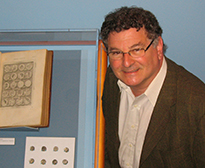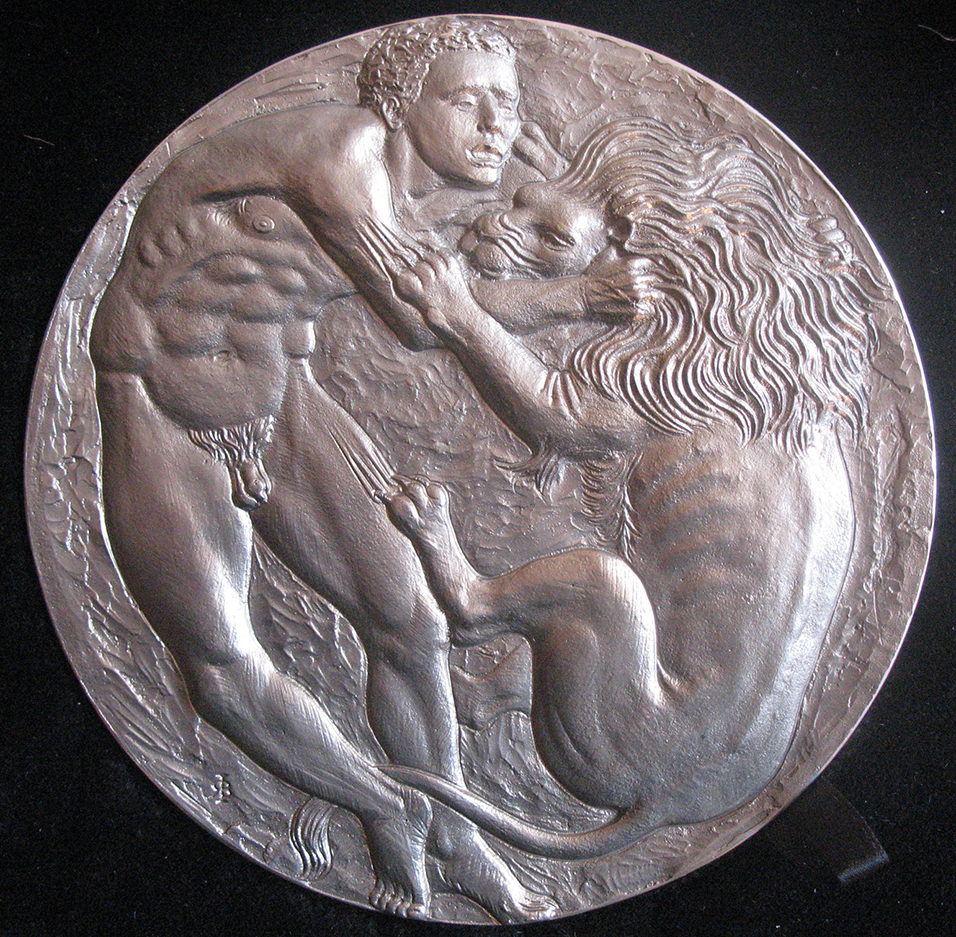Alan Stahl, Curator of Numismatics, Princeton University.
In his citation, Mayhew characterized Stahl’s book Zecca: The Mint of Venice in the Middle Ages as ‘magisterial’ and added that “there can be few areas of historical research where the efforts of one scholar have borne such rich and significant historical, numismatic and economic fruit.” He continued, “Yet although Stahl remains for most us ‘Mr Venice’, the range of his work over his academic life is much greater than that. His earliest numismatic focus was on Merovingian France, and his publications in that area remain the most up to date and comprehensive works in that field.” Mayhew went on to acknowledge Stahl’s contributions to the study of the medal and to numismatic history and methodology, as well as his decades of teaching numismatics as an academic discipline.
In accepting the medal, Stahl said that “My relationship with numismatics has produced benefits that derive more from the people I have encountered through it than from the coins I have studied,” and recounted his gratitude to mentors at the University of Pennsylvania, former colleagues and students at the American Numismatic Society and current ones at Princeton, as well as to the members of the “small and close-knit world of numismatic scholars.” He then delivered a formal address entitled “Learning from the Zecca: The Medieval Mint of Venice as a Model for Pre-modern Minting.”
The medal of the Royal Numismatic Society.
Stahl is the ninth American to receive the Royal Numismatic Society Medal since it was instituted in 1883. The current version of the award is a 4-inch cast silver medal commissioned from the British sculptor Ian Rank-Broadley in 1993. The obverse depicts Hercules and the Lion, a common numismatic subject. On the reverse, the inscription reads OPTIME MERENTI (to the most deserving) PRAEMIVM SOCIETATIS REGIAE NUMISMATICAE (the prize of the Royal Numismatic Society). The recipient’s name is engraved on the edge.






